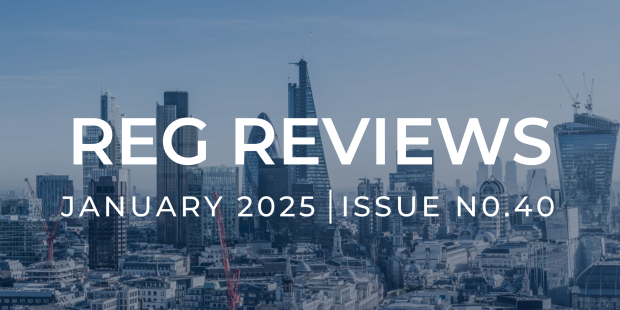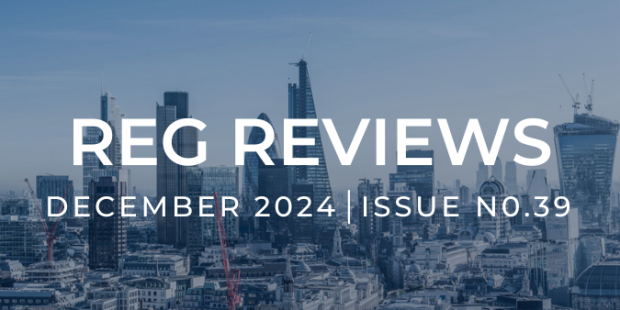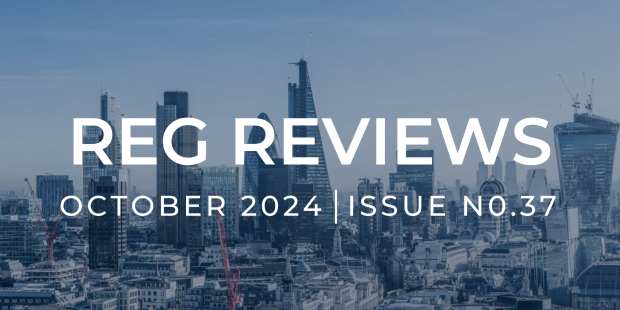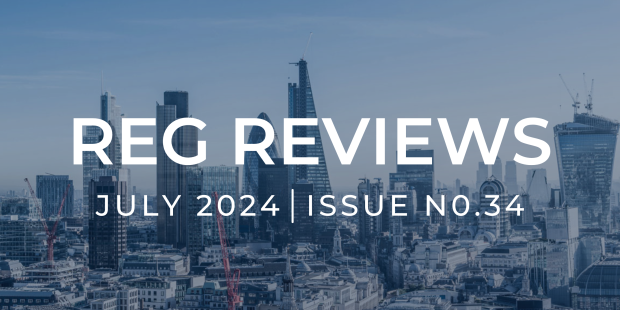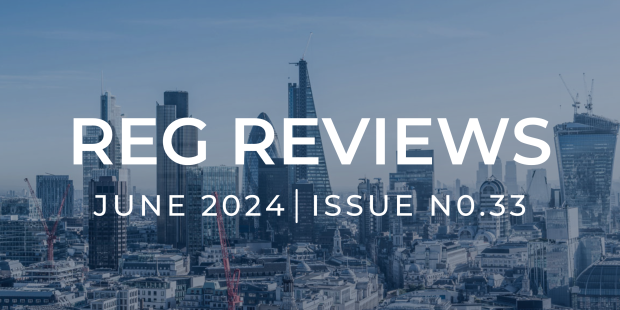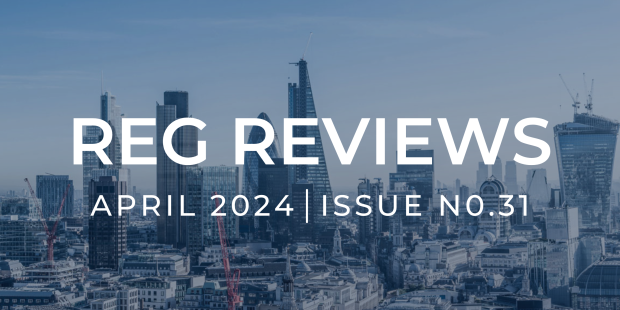The recent LA fires, estimated to cost over $50 billion and having ravaged at least 16,000 structures and homes, have revealed some of the insurance market’s most hidden flaws, but also shed light on the impact of some established regulatory laws that have caused insurance firms to move away from California.
This is explained by some firms’ sudden drop of insurance policies in California before the fires have even taken place due to the high risk, low reward nature of this business, which has profoundly impacted inhabitants who have lost both their homes and insurance.
In 2024 alone, more than eight insurance carriers have left California according to CNBC. Moreover, the California FAIR plan, which only provides basic fire insurance to homeowners living in wildfire-prone areas struggling to get coverage from private insurers, has already increased by over 137% in 2019.
But consumers insured under this Plan report significant difficulties receiving payouts for disaster-related losses amid concerns over transparency, secrecy, and insurer profits, according to an NBC News investigation.
However, the problem is even bigger than that, and dates back to the 1990s, where regulatory watchdogs introduced laws that prohibited private insurance companies from increasing their policies’ prices based on real-time risk assessments in order to protect customers from unfair prices and treatments.
This has only created more severe challenges for both consumers and insurance firms that are incurring more losses than premium profits and has therefore pushed them to move to less restricted states where they can charge fairer premium rates or close altogether because of irreversible losses incurred in California.
As long as private insurance companies justify the increase of their insurance plans prices through the use of precise technology, risk-assessment tools and market rates comparisons, then the regulators should authorise it to prevent consumers from being stuck with no fire insurance cover.
Another major issue is that many insurers in other states have increased their natural disasters’ insurances nationwide. It’s one thing to raise premium prices for policy holders that live in high-risk areas for natural disasters and fires, but it’s another to impose increased rates for the entire country, making this decision somewhat unfair for homeowners that live far away from all these natural disasters.
As CNN reports, watchdogs across the United States are enabling firms to increase the rates to cover for these damages in other states, emphasising on sharing risks.
Some experts, like Ishita Sen from Harvard, argue that people in states unaffected by disasters are indirectly paying for the aftermath of these events in other states which can seem unfair. In contrast, the Insurance Information Institute disagrees, stating that rates rise based on overall risks and costs, not just cross-state subsidies.
While fire insurance cover is crucial, it’s even more important for both homeowners and commercial businesses in California to take lesson from the LA fires disaster and start taking preventive action to avoid re-living history.
Property owners must make radical changes to their current or future homes to limit the spread of fire. For example, they could prune trees, replace wood fencing with steel or add concrete barriers between homes.
The responsibility doesn’t only fall on residents, but more importantly on the government, regulators and insurance firms to become more innovative and deploy high technology that’s tailored to protecting public safety from natural disasters.
New technologies such as drones, automated systems designed to fight fires, software, AI, and much more could mitigate risks far better than human firefighters alone, especially in the wake of uncontrollable fires where firefighters will undoubtedly be at capacity.
Given that California is the centre of technology and innovation, Matthew Kilcoyne from CAPX admits that the harsh Californian regulatory regime is what’s preventing new tech from being deployed for general public safety reasons rather than for just Silicon Valley and business ends.
These LA fires are a wake-up call for UK residents too, regulators and insurance companies to act and take preventive action rather than react when the damage has been done.





















